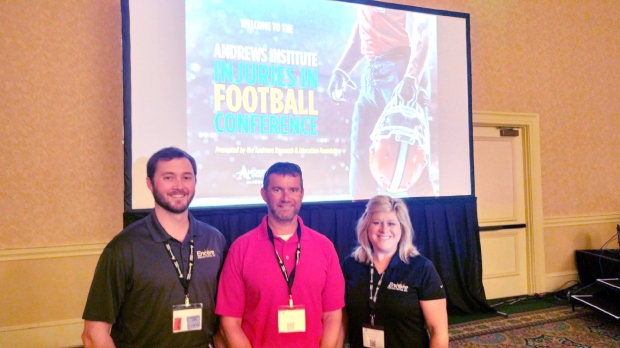By Marc Bernier, MPT CSCS
The environment of youth athletics has undergone a major transformation over the past several years, most notably in the manner in which kids train for their respective sports. Unfortunately, the changes that have occurred are not always necessarily for the better, as the injury rates in youth athletics are increasing, as are the severity of injuries.
One potential cause for these increasing injury rates that has been identified by medical professionals is overtraining. There are many factors that can play into overtraining; however, there are 2 components that are particularly concerning:
- “Specialization” in a single sport during the early childhood years.
- Failure to provide adequate recovery from the physical stress of the sport season.
In all actuality, these two factors are actually closely intertwined. In today’s competitive climate of youth athletics, many kids are pushed towards dedicating themselves exclusively to one sport at a young age, with the thought being that the more training they get in that specific sport, the more they will excel (this thought actually goes against the recommendations of the top sports performance enhancement specialists who promote the idea of youth athletes being encouraged to compete in multiple sports until their freshman or sophomore year in high school, at which time specialization is more appropriate). As a result, sports such as soccer become a year long endeavor, in which kids are playing the same sport for 10-11 months of the year (it may take slightly different forms, such as outdoor, indoor, etc). Unfortunately, this is a faulty approach for two reasons:
1. By participating in the same sport throughout the year, the same repetitive physical stresses are placed on the relatively fragile growth plates and soft tissue structures (muscles, tendons, ligaments), resulting in overuse injuries.
2. Participation in a single sport can limit the overall athletic development of kids. All sports have unique skills and movements that require the development and utilization of different muscle groups, and in vastly different ways. This is especially true for the core and trunk muscles; participation in “upper extremity” sports such as baseball, tennis and basketball will train the core in a much different manner than “lower extremity” sports such as soccer. It has been theorized that playing in multiple sports may actually increase kids’ overall athleticism and make them “better” athletes.
Simply put, we do not provide our kids enough time to rest, nor allow their joints enough time to recover from the physical stresses their bodies endure during a season (not to mention the fact that kids today typically train harder and more frequently than current adults did in their childhood). Recovery time is absolutely essential for athletic growth; without it, the structures of the body are continually broken down, inhibiting strength and endurance potential, and ultimately athletic potential.
In an ideal scenario, children should have a two week period after the season is completed of minimal activity. After that has passed, participation in a different sport is acceptable, as that sport will not have the same physical stresses, and will be less traumatic to the joints of kids. If a child does not participate in another sport, some form of cross training can be performed to maintain baseline fitness levels. Some recommended activities would include: cardio workouts on stationary bikes, stairsteppers or elliptical machines; swimming; pick up basketball; or simple jogging.
Kids should be encouraged to take a break from sports, and having a free weekend every once in a while is a good thing!
- **Marc Bernier is the Clinical Director of Sports Medicine and Rehabilitation for Encore Rehab at the Inverness Clinic and Spain Park High School. Marc has served as an international sports medicine consultant specializing in the field of rehabilitation and conditioning for European based professional soccer clubs, and is a national lecturer on the management of youth sports injuries. He can be contacted for any questions at mbernier@encorerehab.com.

